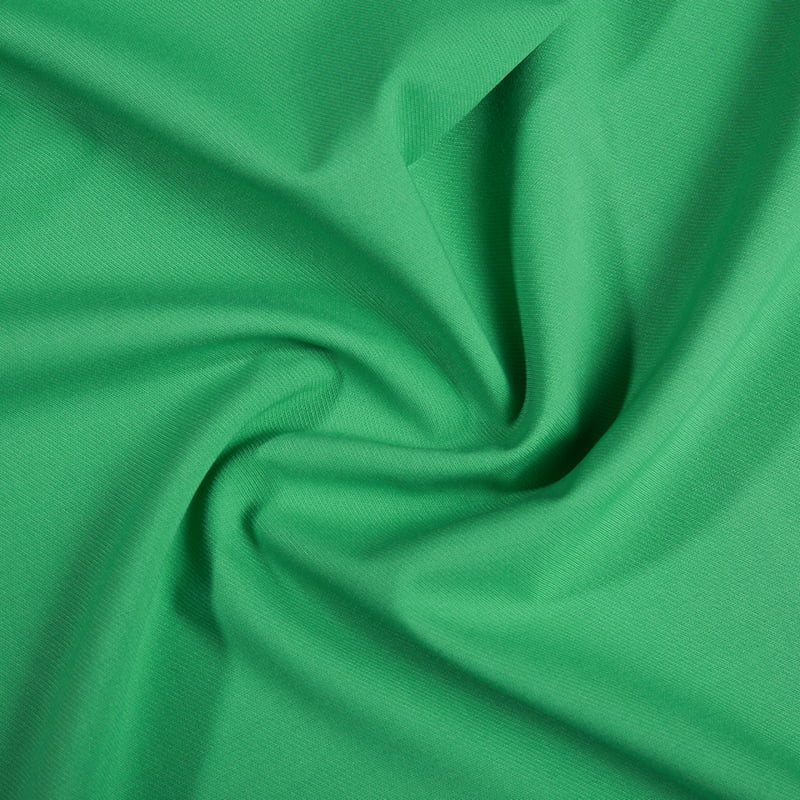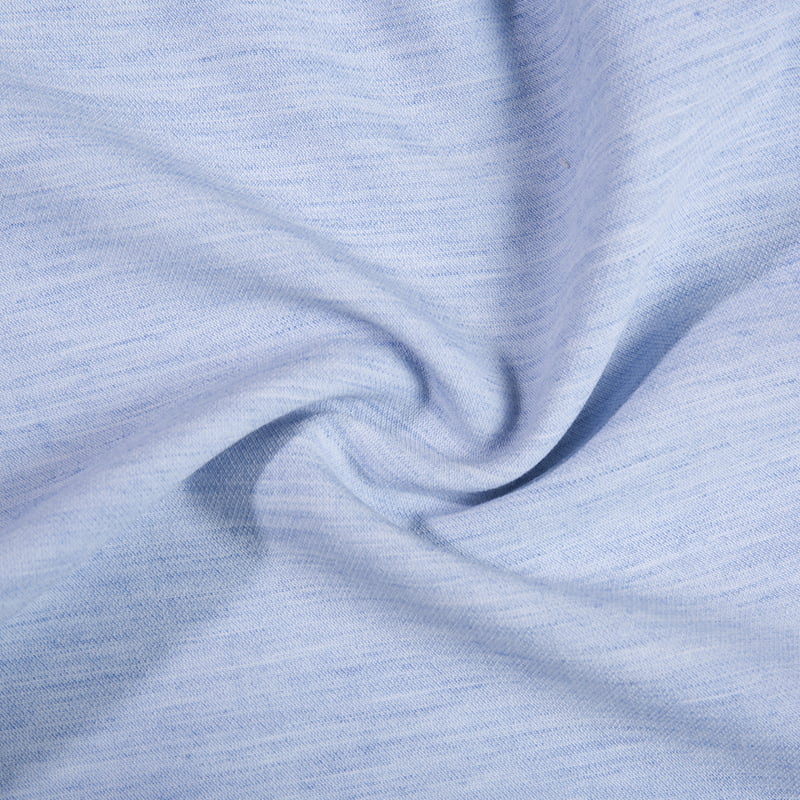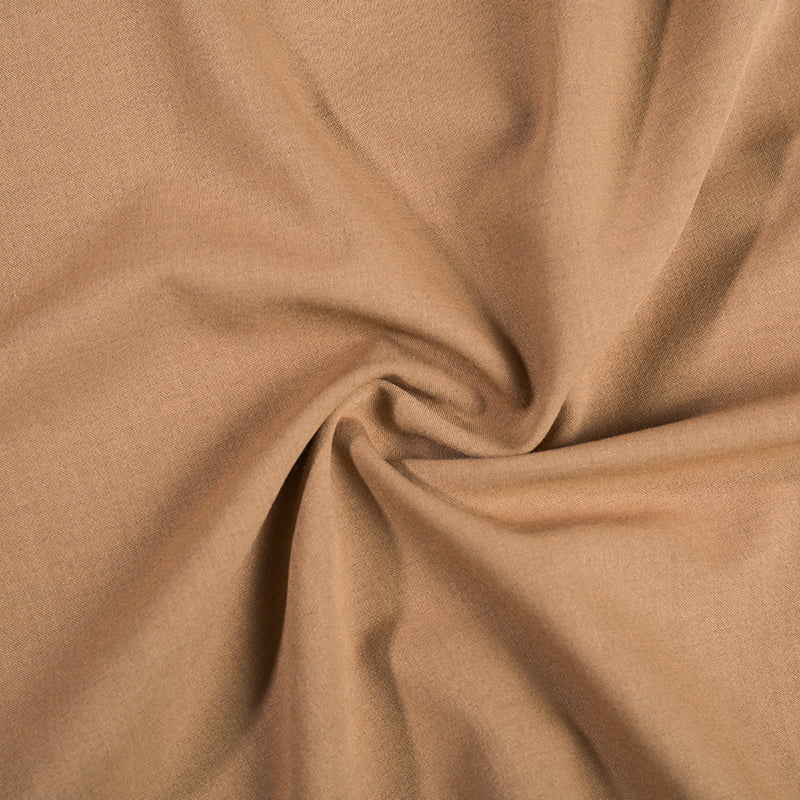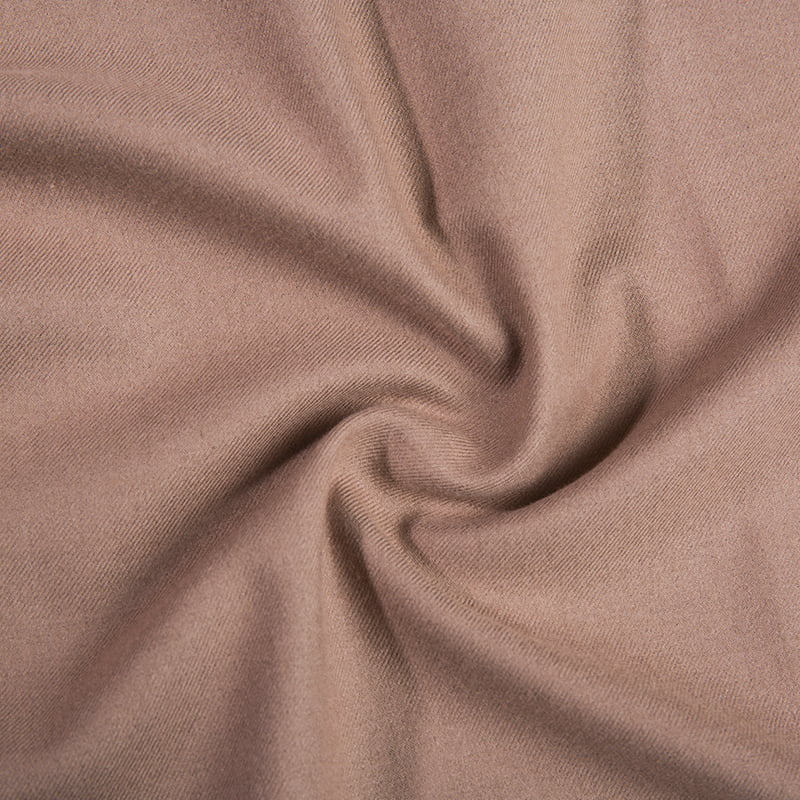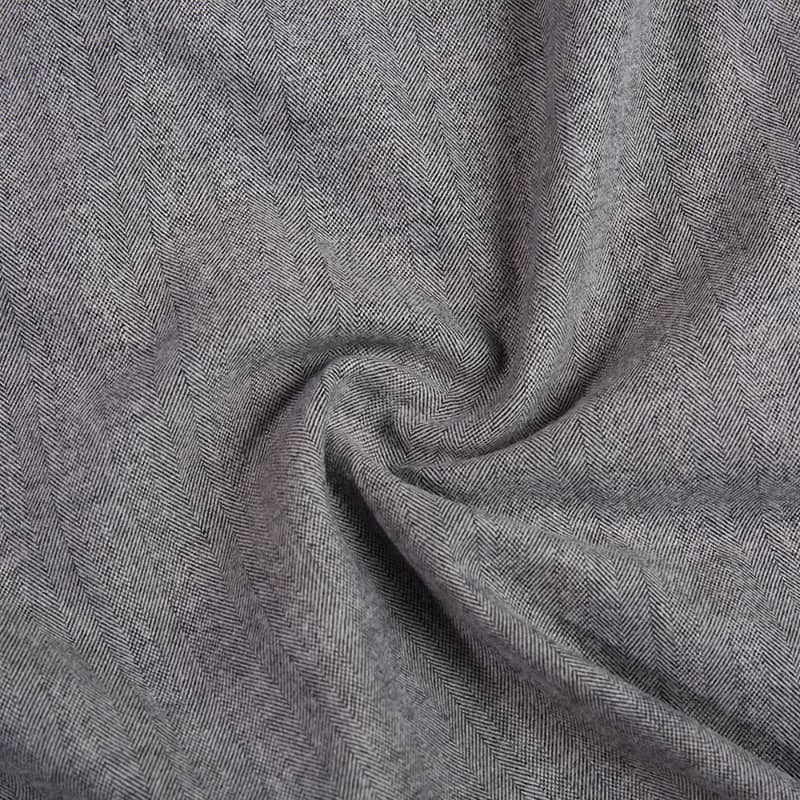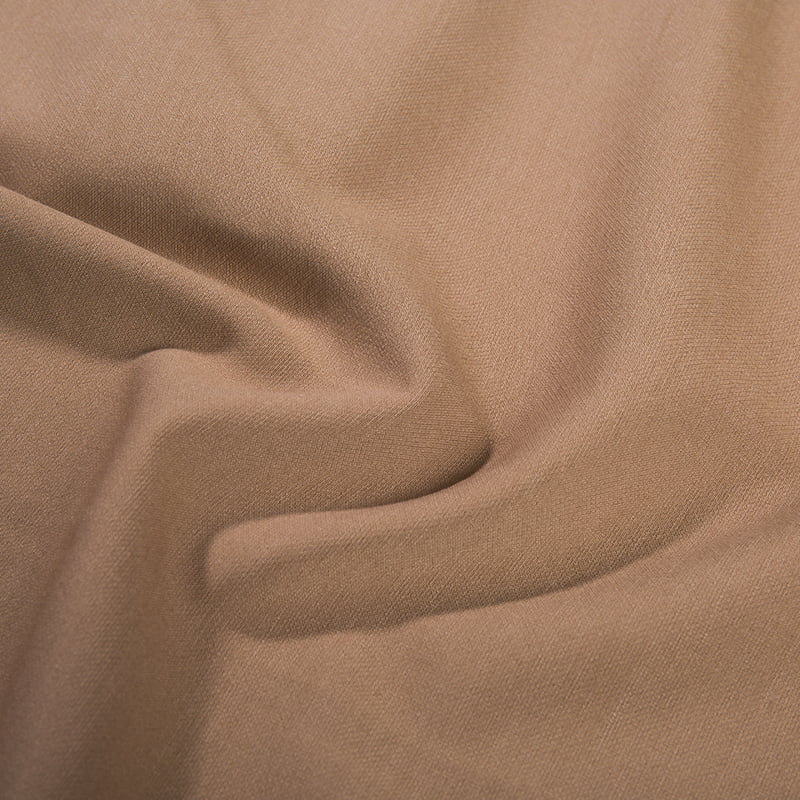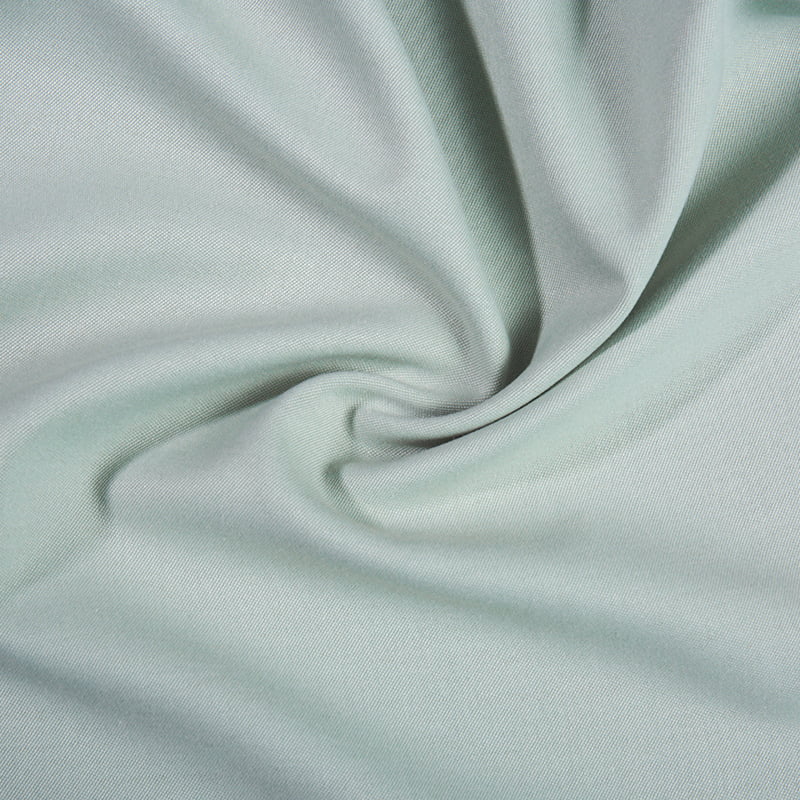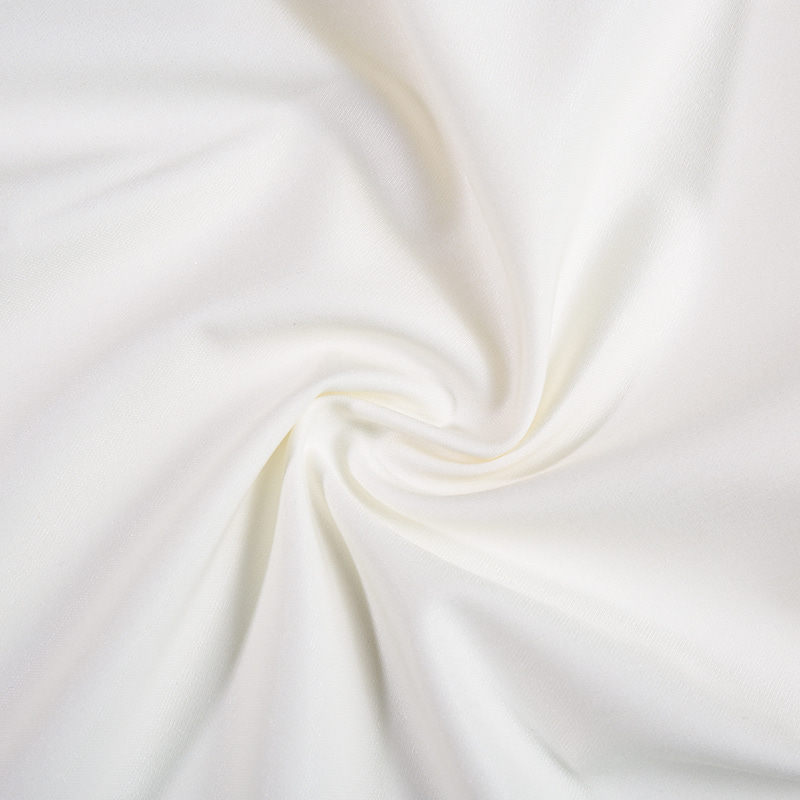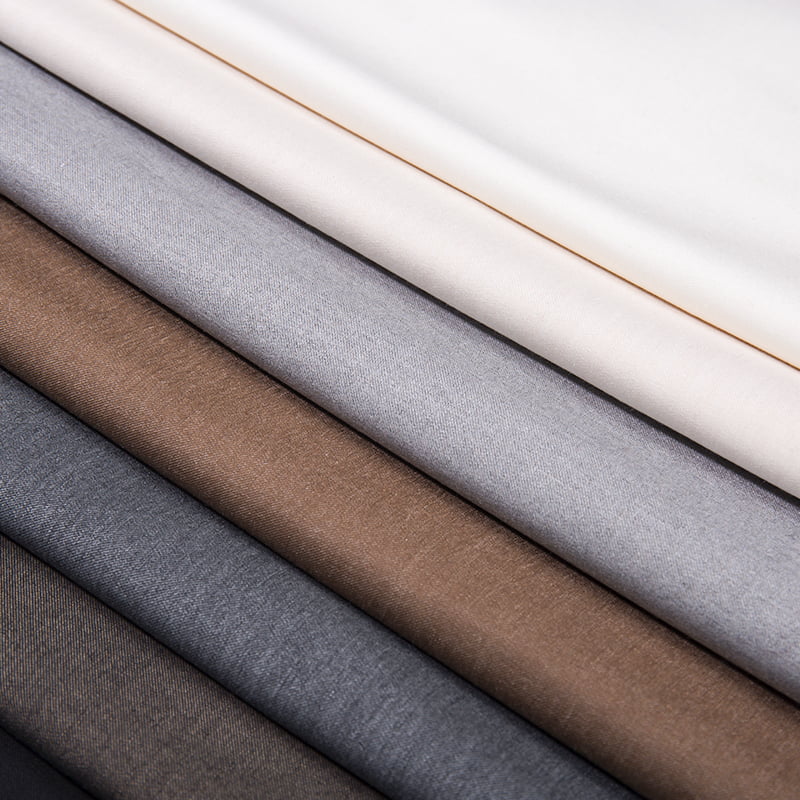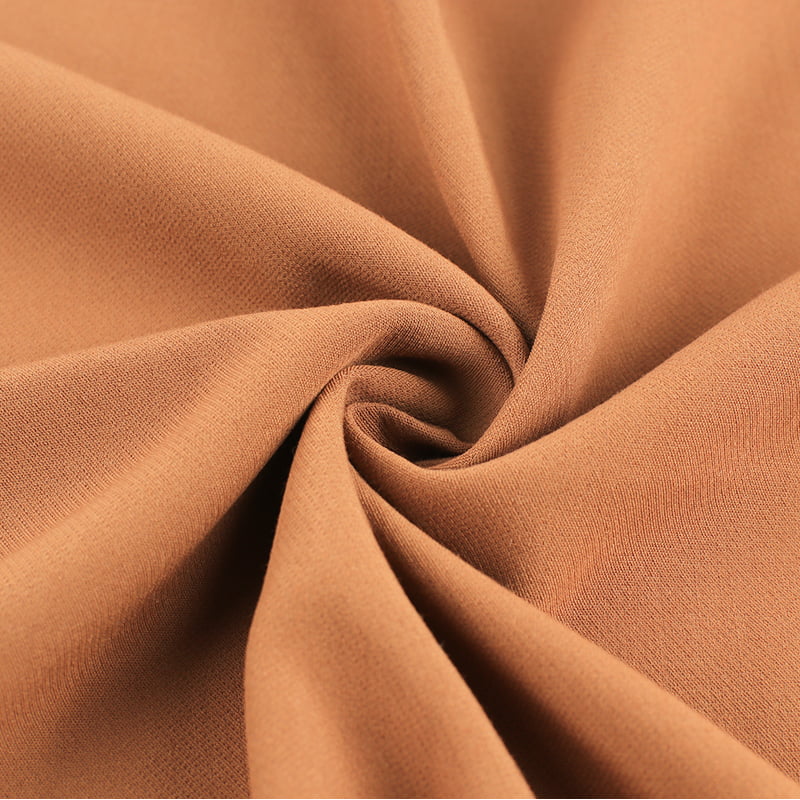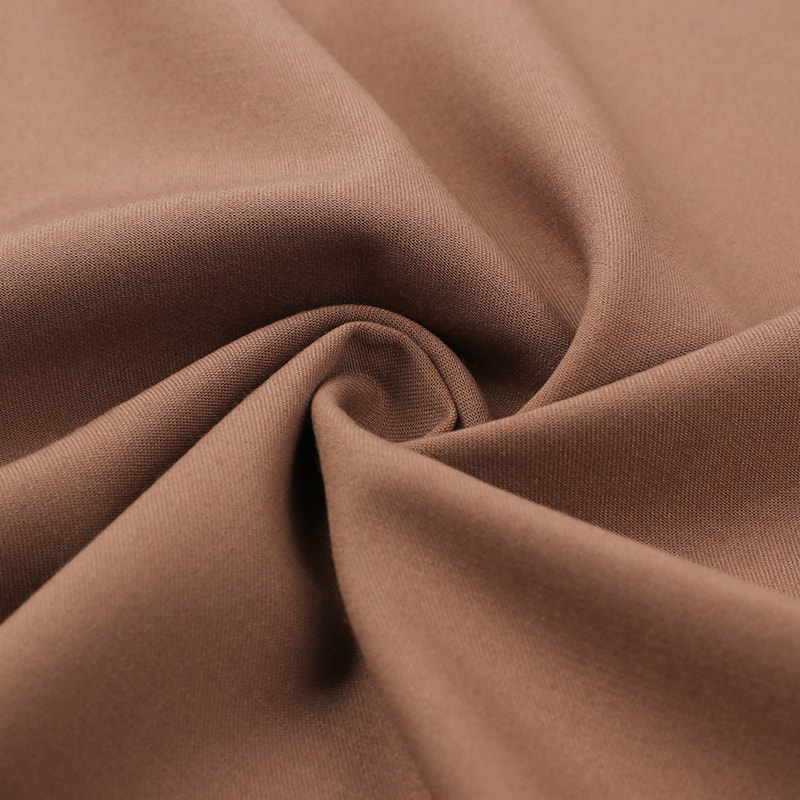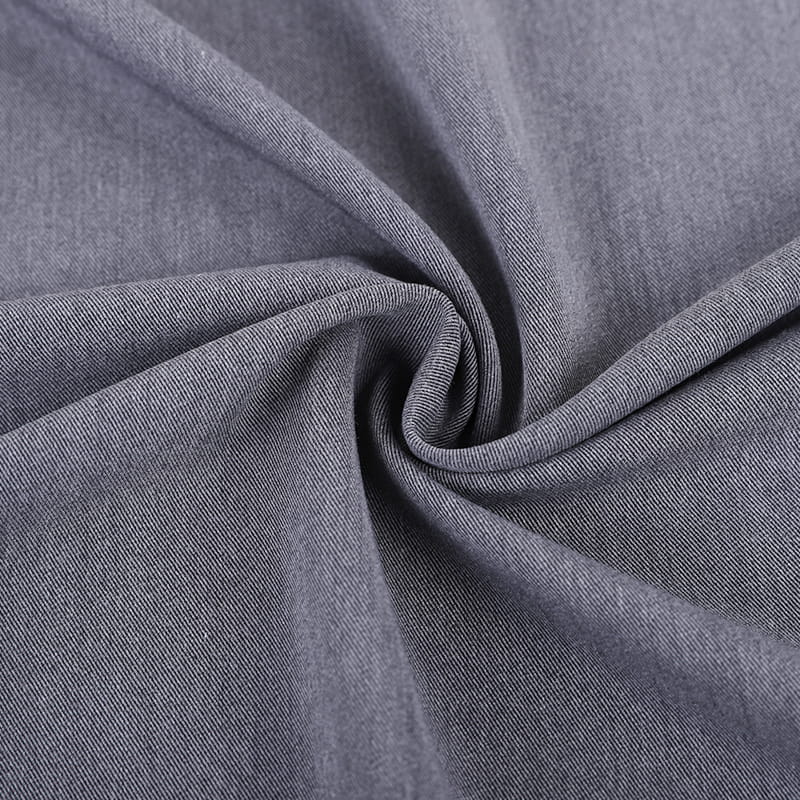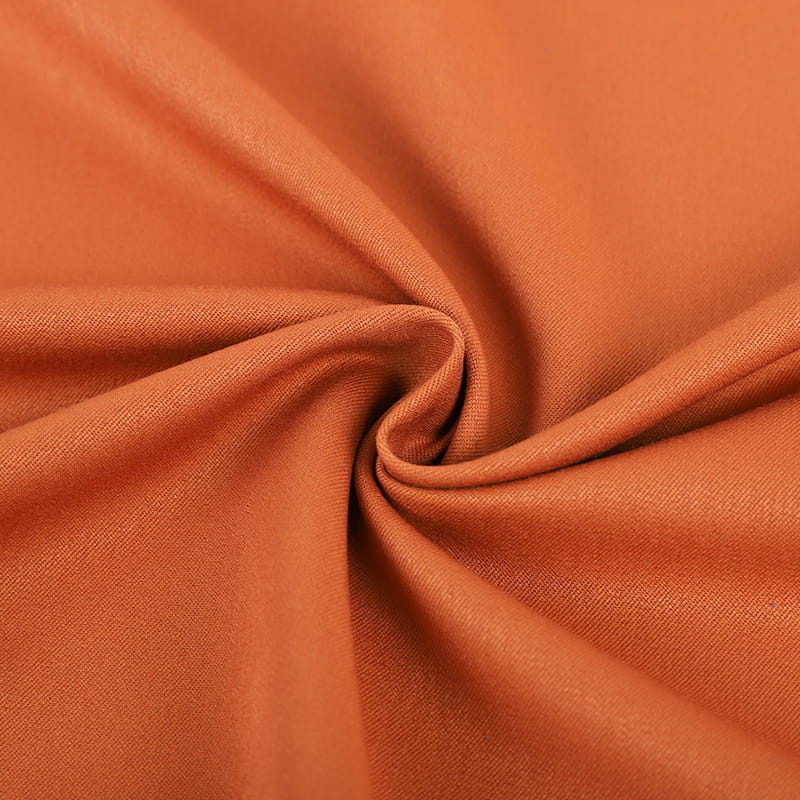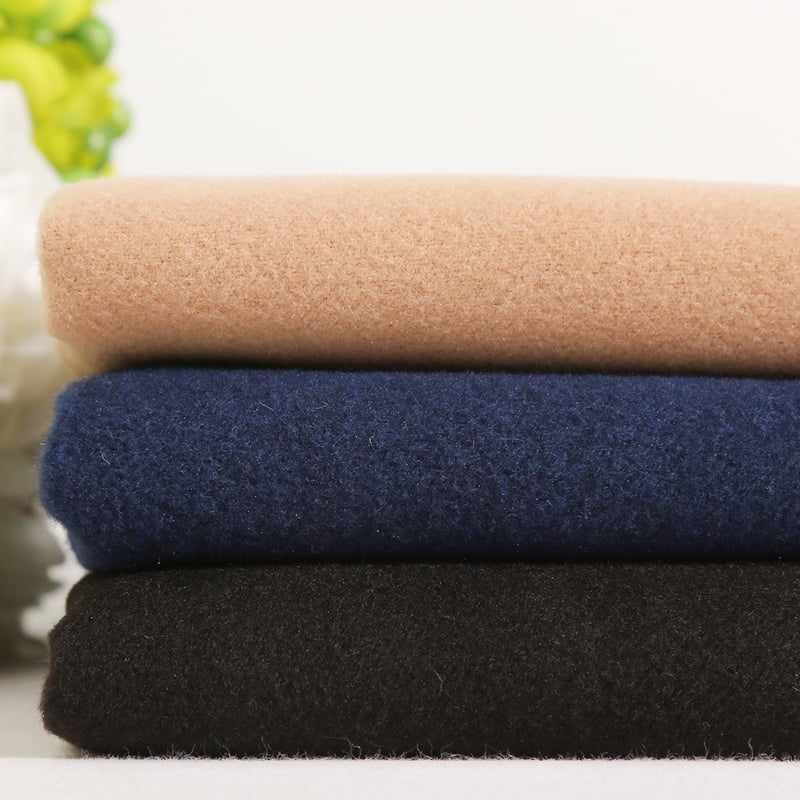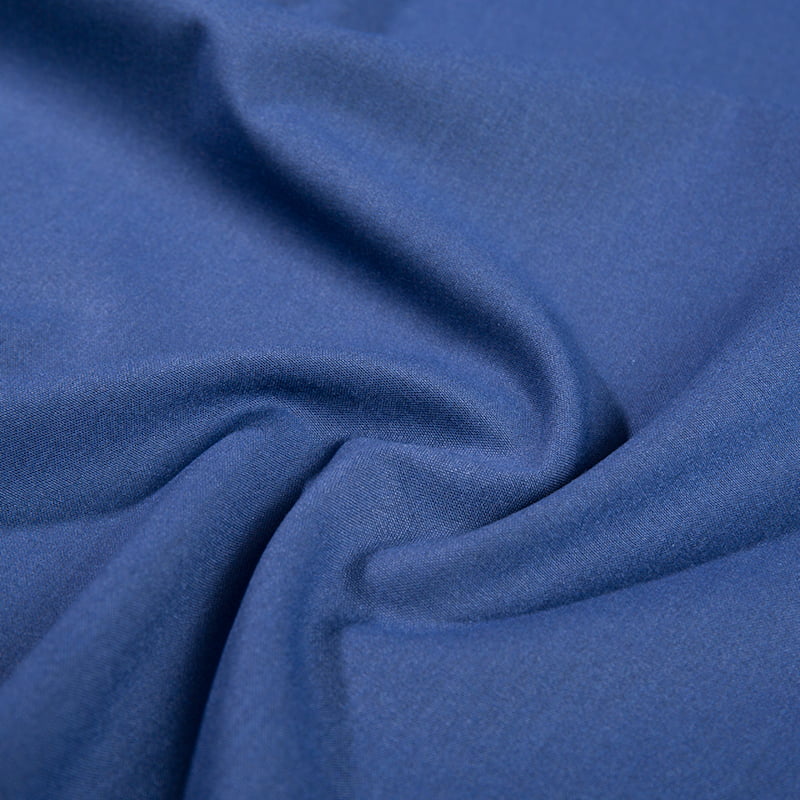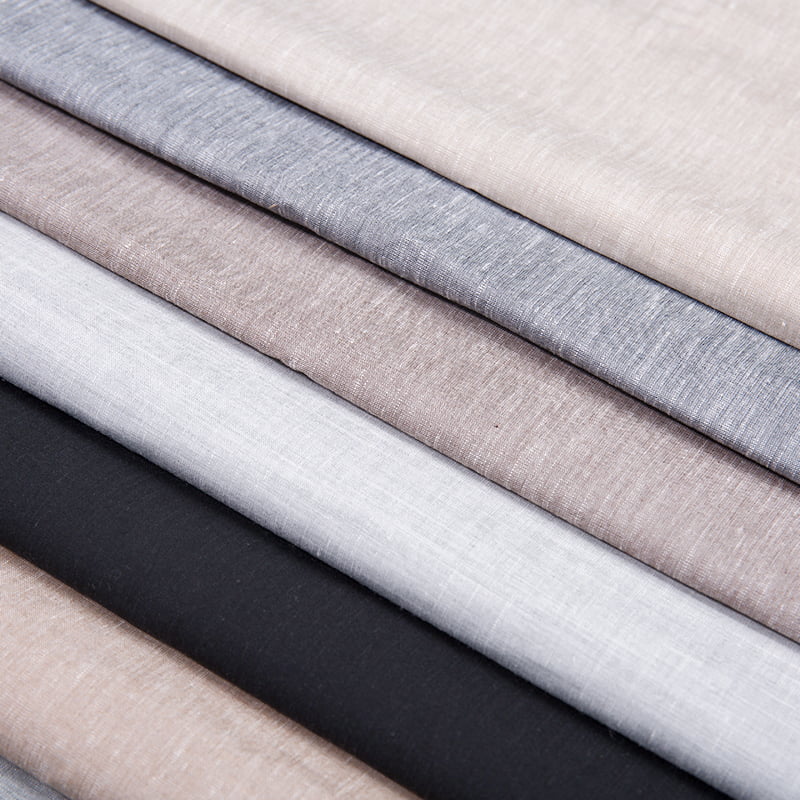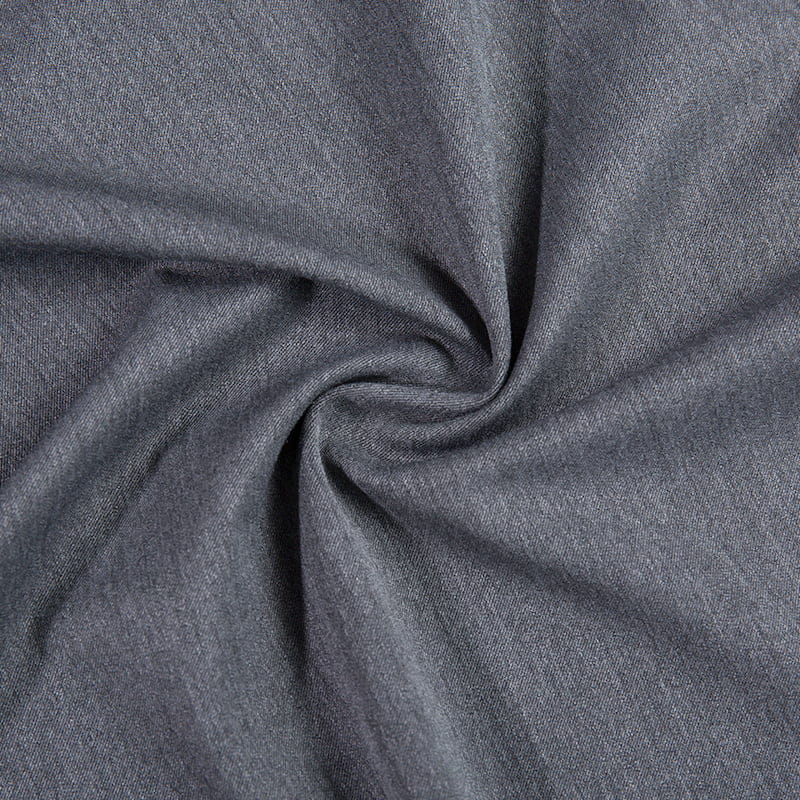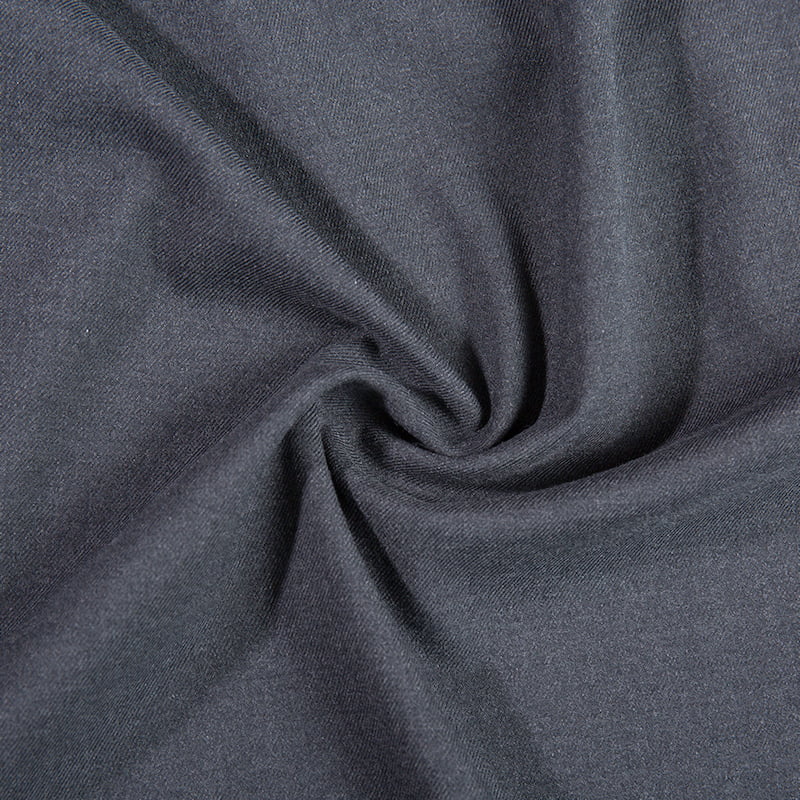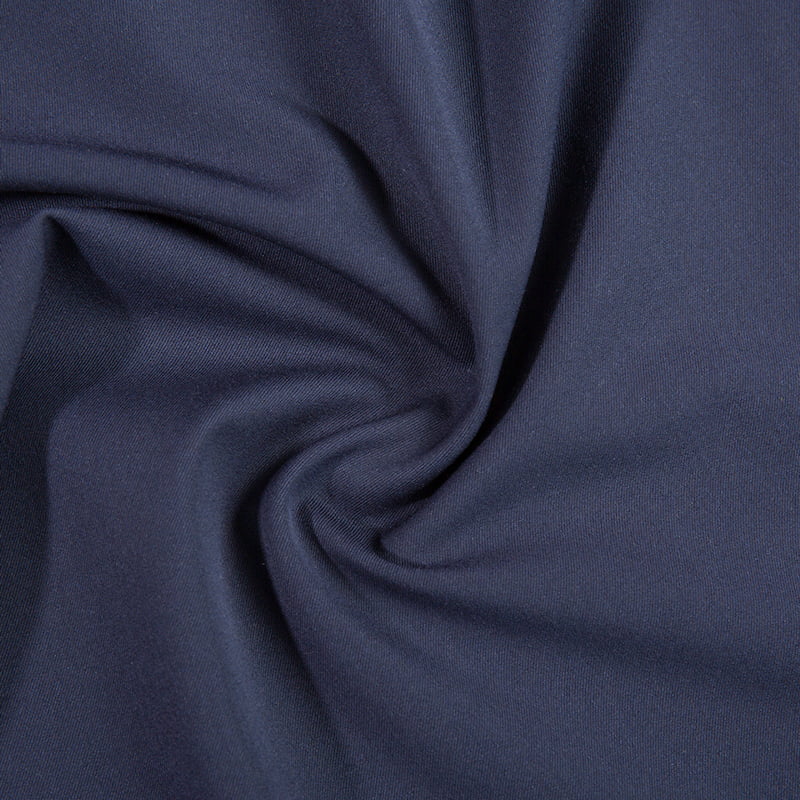The combination of polyester, rayon, and elastane (spandex) in a woven construction, subsequently dyed, creates a distinct category of textile: Dyed Poly Rayon Woven Fabric With Stretch. This fabric blend leverages the inherent properties of each fiber component, resulting in a material sought after for specific applications demanding both aesthetic appeal and functional performance.
Fiber Composition and Core Properties:
-
Polyester (Poly): Provides foundational strength, dimensional stability, wrinkle resistance, and durability. It contributes to the fabric's quick-drying capabilities and overall resilience.
-
Rayon (Viscose): Derived from regenerated cellulose, rayon imparts a soft hand feel, desirable drape, lustrous appearance, and enhanced moisture absorbency compared to pure polyester. It improves comfort and aesthetic qualities.
-
Elastane (Spandex): Incorporated typically at 1-5% (though specific percentages vary), elastane is responsible for the fabric's essential stretch and recovery properties. It allows the woven structure to expand with movement and return to its original shape.
-
Woven Construction: Unlike knits, woven fabrics are created by interlacing warp and weft yarns at right angles. Integrating stretch into a woven requires specific techniques, often involving core-spun yarns where an elastane core is wrapped with polyester or rayon staple fibers, or the use of elastane in either the warp or weft direction.
-
Dyeing: The fabric undergoes a dyeing process after weaving. Achieving uniform color requires careful consideration of the different dye affinities of polyester and rayon. Typically, this involves a two-bath dyeing process or the use of specialized combination dyes to ensure colorfastness across both fiber types.
Key Performance Characteristics:
-
Controlled Stretch and Recovery: The defining feature is its ability to stretch comfortably (primarily in the direction the elastane is applied) and recover its shape effectively, enhancing wearer mobility and garment fit retention.
-
Durability and Strength: The polyester component provides significant resistance to abrasion, tearing, and general wear, making the fabric more robust than rayon-alone fabrics.
-
Softness and Drape: Rayon contributes a soft, smooth hand feel and fluid drape, often perceived as more luxurious than pure polyester.
-
Moisture Management: Rayon's higher moisture absorbency improves comfort by wicking perspiration, while polyester facilitates quicker drying.
-
Aesthetic Versatility: The dyeing process allows for a wide spectrum of colors. The blend can achieve various visual effects, from the sheen of rayon to more matte finishes, depending on the specific yarns and weave structure.
-
Wrinkle Resistance: Primarily due to the polyester content, this fabric generally exhibits better wrinkle resistance than pure rayon wovens, though it may not match 100% polyester.
Primary Application Areas:
This fabric blend finds significant use in categories where comfort, aesthetics, shape retention, and durability intersect:
-
Apparel: Widely used in trousers (chinos, dress pants), skirts, dresses, jackets, blouses/shirts, and structured yet comfortable uniforms. The stretch enhances fit and comfort, rayon provides drape and feel, polyester ensures longevity.
-
Home Furnishings: Suitable for decorative pillows, upholstery applications requiring moderate stretch (e.g., fitted chair covers, headboards), and drapery where a softer drape is desired alongside durability. Careful consideration of rub counts (Martindale or Wyzenbeek) is essential for upholstery.
-
Accessories: Used in bags, hats, and other items benefiting from the combination of structure (from the weave), softness, and resilience.
Procurement and Utilization Considerations:
-
Stretch Direction: Specify whether stretch is needed in the warp (length), weft (width), or both directions (bi-stretch), depending on the end-use.
-
Stretch Percentage and Recovery: Quantify the required level of stretch (e.g., 15% in the weft) and the minimum acceptable recovery percentage after stretching.
-
Weight and Weave: GSM (grams per square meter) and weave type (e.g., twill, plain, dobby) significantly impact hand feel, drape, durability, and suitability for the intended application.
-
Colorfastness: Verify testing results for colorfastness to washing (especially at higher temperatures if required), light, rubbing (crocking), and perspiration to ensure longevity of appearance. Specify any required test standards (e.g., AATCC, ISO).
-
Shrinkage Control: Ensure the fabric has undergone proper heatsetting and finishing to minimize residual shrinkage to acceptable levels post-washing or cleaning. Request shrinkage test data.
-
Care Instructions: This blend typically requires gentle machine washing or dry cleaning. Rayon can be weakened when wet, and heat can damage elastane. Ironing should be done at moderate temperatures. Clear care labeling is crucial.
Dyed Poly Rayon Woven Fabric With Stretch represents a versatile solution balancing the performance advantages of polyester, the comfort and aesthetics of rayon, and the essential functionality of elastane. Its suitability spans apparel, furnishings, and accessories where a combination of soft drape, resilience, shape retention, and aesthetic flexibility is paramount. Successful integration into products requires careful attention to specifications regarding composition, stretch parameters, weight, weave, colorfastness, and shrinkage control during the sourcing and manufacturing process.


 English
English 中文简体
中文简体 日本語
日本語 한국어
한국어 Español
Español русский
русский
